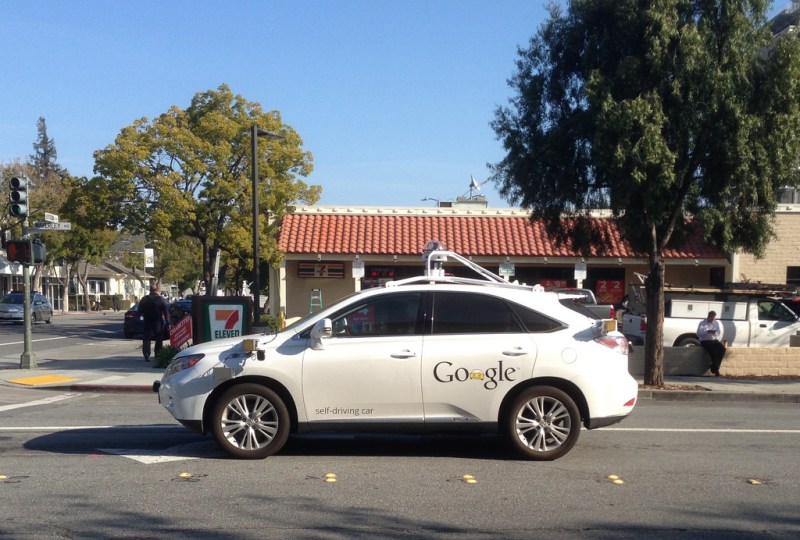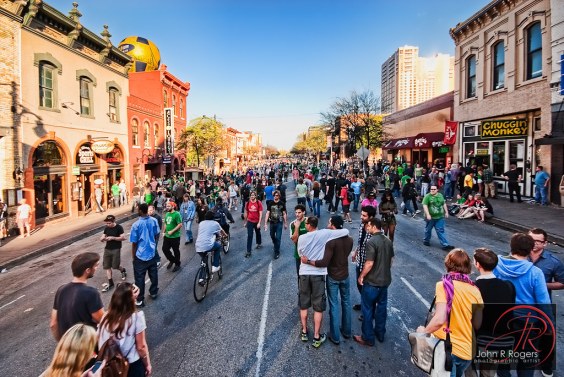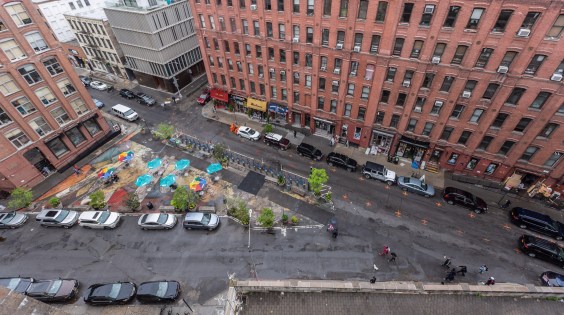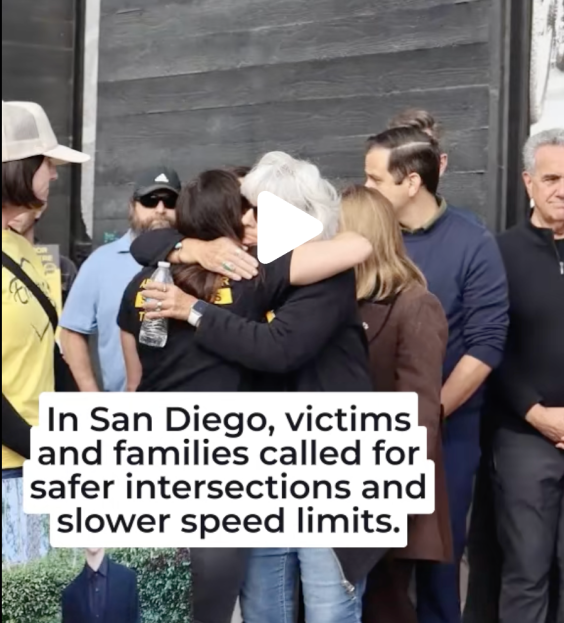For nearly a decade, the advent of self-driving cars has been increasingly central to discussions of transportation and urban planning. As of this year’s Consumer Electronics Show, however, it’s safe to say that driverless cars have arrived. In place of the tech demonstrations of years past, CES 2018 was focused on where, how, and why self-driving cars will first hit the roads.
Change, of course, takes time; we won’t just wake up one day to discover our roads have been completely colonized by driverless vehicles. Still, between Google subsidiary Waymo’s already running “Early Riders” program in Phoenix, AZ, and the announcements at this year’s CES, it looks likely that we’ll be sharing the road with autonomous vehicles (AVs) before 2020.
It may be a full generation before the human driver goes the way of the Model T, however; the plan seems to be for AVs to start out offering services such as taxi rides or pizza delivery. This adoption period gives us a crucial window to begin preparing our cities and towns for an AV-driven future. Our task now is to sort through the visions of utopian prognosticators and dystopian doomsayers and decide what kind of future we’re planning for.
The optimistic view envisions a fleet of AV ride-shares moving fluidly through the city on narrow streets, dropping passengers at expansive curbs or pedestrian walkways before zipping off to grab their next patron. This is possible, of course, due to the superior reaction time and awareness of the AV, an ability that would also allow for narrower roads.
In the ideal scenario, the widespread adoption of ride-sharing would free up vast tracts of land currently devoted to parking. Even if half the currently driving population insists on owning their own AV, a huge amount of that land could be converted from automotive to human use. Between that and the reduction of street size, we could build homes, parks, schools, restaurants—all the urban features that make our cities and towns such lovely places to live. This is, like most idealized visions, a pretty picture.
But it’s important to consider an alternate perspective. From a more skeptical vantage point, AVs don't facilitate more walkable metropolises, but instead contribute to ever-expanding sprawl. After all, if you're not stuck behind the wheel, why does it matter how long your drive is? Driving six hours every day could seem less of a problem if commuters could spend the trip working, reading, or snagging a few more hours of sleep.
While that vision may hold a certain appeal to some, the environmental implications are staggering. Even if we assume that all AVs are electric, we’re still looking at a massive increase in energy consumption by cars. And that’s not to mention the natural and agricultural lands that would devoured by sprawling subdivisions, the watersheds drying up beneath oceans of pavement, or the wildlife corridors severed by a highway network that snakes ever outwards.
Ideally, we would face neither of these two scenarios. We don’t need to hypothesize about a future designed with automobiles in mind; we’ve spent our whole lives living it, and we’re still learning—and not learning—the same lessons again and again.
For example, the promise of ride-hail services such as Uber and Lyft was that they would take cars off the road——just like AVs. But that proved to be a pretty, idealistic, unrealistic picture. According to a recent UC Davis study, ride-hailing has actually increased the number of vehicle miles traveled (VMT) in the cities where it is available—the opposite of what we were promised. It turns out that in somewhere between 49 and 61 percent of cases, people used a ride-hail service instead of walking, biking, taking public transportation, or not going anywhere at all—not to substitute for driving. The parallels with AVs aren’t hard to see. And we can't pretend we didn't see it coming; experts have been warning us for years about the VMT increase ride-hailing would most likely cause.
So yeah, we’re familiar with a car-centric planning model. We’re familiar with sprawl development that reserves thirty percent of the land in residential neighborhoods for cars, not people; we’ve seen that number climb to seventy percent in the commercial parts of our cities and towns. We drive on roads with so many lanes and such complicated traffic patterns that only the most adventurous bicyclists dare to pedal down them, and crossing them is a long slog for people on foot. We expect pedestrians to stay out of the way of cars, stick to the sidewalks, and only cross streets at certain points, which can make walking a chore. We put the responsibility for their own safety on pedestrians, expecting them to check for cars, but don't design our streets, or enforce laws, that encourage car drivers to yield to people walking.
We don’t know exactly what AV-centric planning might look like, but we already have myriad examples of communities built with a “vehicle-first” mindset.
Instead of planning for cars, with or without drivers, we should be planning for people, for the environment, for the future. Let’s create cities and towns surrounded by a vibrant and healthy greenbelt, and celebrate the ways those lands enrich our lives. Let’s encourage local agriculture, protect our water supply, and support the green infrastructure that can help defend us from flooding and wildfires. Let’s build out our public transportation network so everyone can get to work, to dinner with friends, or out of the city to play outside. And let’s supplement our trains and buses with protected bike paths and sidewalks, and with AVs.
AVs will undoubtedly have a huge impact on our lives in the years to come, and it would be foolhardy to ignore them as we plan our future. Even Lyft, as it announced plans for AV service, acknowledged this reality. In calling itself “a collaborator” with cities, Lyft acknowledges its role as one small part of the urban ecosystem, rather than the driver of its creation. So as we build the cities of the future, let’s remember that most important lesson from science-fiction. The robots should work in service of people and the landscapes we so cherish—not the other way around.
Kieffer Katz works at Greenbelt Alliance, an organization that advocates for smart growth and land conservation in the Bay Area.





